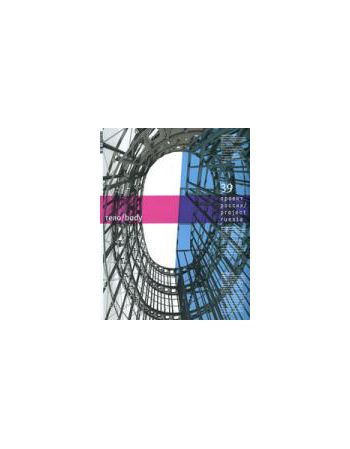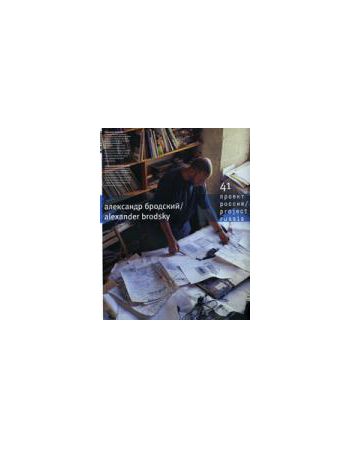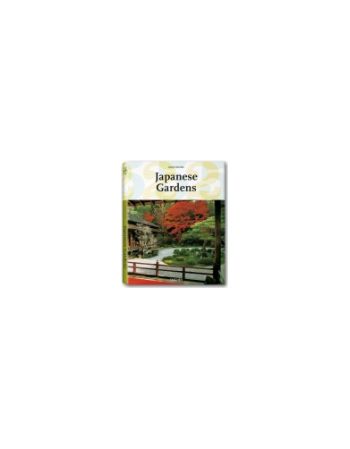Wydarzenia
Brak wydarzeń
PROJECT RUSSIA 41 Alexander...
Dostępność: na zamówienie Monographs on the subject of architects who are still in good health are commonly regarded as the equivalent of monuments to people who are still alive - they supposedly put their subjects on a divine pedestal and stamp their buildings and designs with the mark of 'eternity'. Brodsky's Oblako ('Cloud') Bar and Ice Pavilion no longer exist, and yet you'll find them in the journal you're now holding, and this gives them a kind of 'immortal' glory. However, periodicals such as our own cannot afford to sacrifice immediate relevance to current issues to a memorializing impulse. In the present case this immediate relevance is not simply a matter of the fact that Brodsky has been chosen to represent Russia with a one-man show at this year's Venice Bien-nale.
JAPANESE GARDENS
The Japanese garden, like all gardens, is more than mere nature; it is nature crafted by man. It needs the hands of the designer to give it meaning. The Japanese garden belongs to the realm of architecture; at its best, it is nature as art. The phases of its history document the constant redefinition of man's position within and towards nature. Its changing forms respond both to socio-economic developments and to religious and philosophical trends, and thereby reflect the spiritual climate in which its architecture was conceived.



